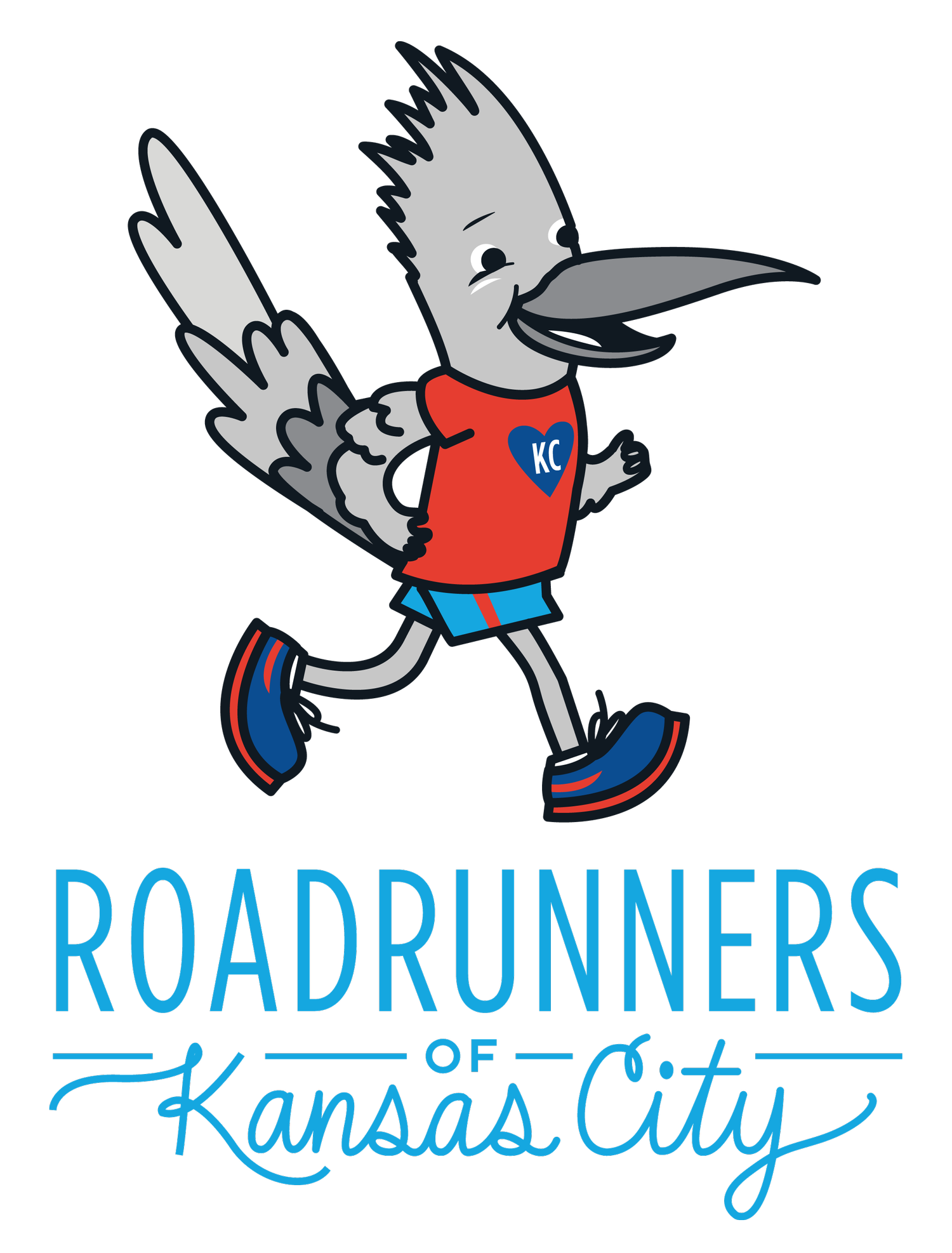Breaking through the Wall
/ |
| Lincoln Marathon 2008 - A congratulatory hug from my oldest son, Parker. Spencer is waiting his turn near the tent. |
I hit a wall in my second marathon where I planned to qualify for Boston. My husband and our three young children accompanied me to Lincoln, NE. Little did I know that they would become my inspiration. It was mile 22 when I ran into a fortress set up right in the middle of the course. I came to a complete stop and told my running partner, Greg that I was done, that I didn’t want to qualify or finish. He told me we could walk for a little bit because I had plenty of time to spare.
During that short break, Greg gave me a golden nugget, a very powerful motivation. He said, “Imagine what a great example you are setting for your kids by finishing.” That was all it took. I burst through that imaginary wall like it was simply made of cardboard and finished under qualification time.
Inevitably, you will hit a wall. It is usually around mile 22 in a marathon. This stage is aptly named; you simply feel like you can’t take another step - that something is blocking your way. When you get that cue from your body, you need a process that will get you through it and to the finish line. For success, that process must be practiced.
Step 1: Take three blank pieces of paper and write this down at the top of each page, “When I hit the wall I plan to…”
Step 2: Choose three things that will help push you through the wall and fill in the blank on each page. These should be personal to you.
- Include your motivation for racing - something other than your time goal. It may be to raise awareness for a charity or honor a lost friend. Maybe it’s to cross it off your bucket list. How does that accomplishment make you feel? Take that feeling and let it run through your whole body to energize you.
- Include some steps for your body that you can chant in your head over and over until you get through the wall. For example, “run light, relax your shoulders” - choose something that works for you.
- Include a visualization of your finish. What will it be like? What are you going to do? Are you going to raise your hands over your head, high five your running buddy, feel then weight of the medal, enjoy a beer?
In April of 2008, I was not ready for the wall; I had no plan. Thankfully, my running buddy came up with the right thing at the right time. I will forever be grateful to Greg. Expect the wall, practice your plan and break through it. Success will be yours!
 |
| Amy and Greg Lincoln Marathon 2008 |

